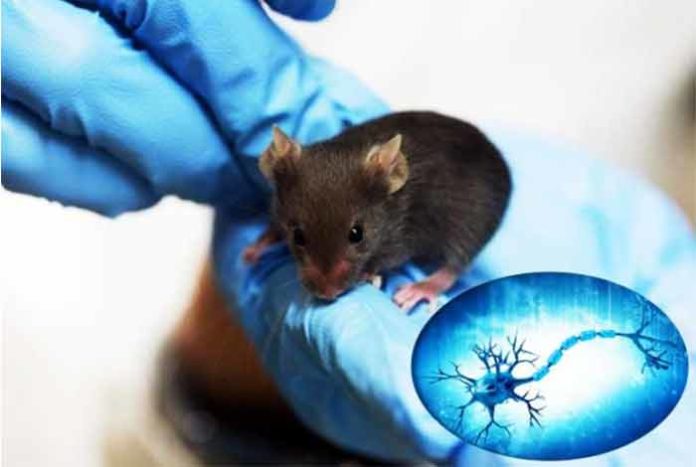
In autoimmune diseases, peripheral nerve injury can cause prolonged neuropathic pain if the myelin sheath on the nerves doesn’t fully regenerate. Currently, there are no treatments available to treat the same, but a recently developed experimental therapy can help in myelin re-generation. Researchers at Cincinnati Children’s Hospital Medical Center developed an experimental therapy that can restore the damaged insulation on peripheral nerves. The experimental therapy was given to mice with nerve injury and the results were restored insulation on the peripheral nerves, less discomfort and improved limb function.
Q. Richard Lu, director at Cincinnati Children’s Brain Tumor Center, led the study. The scientists performed an epigenetic investigation for chemical compounds that inhibit the enzymes that are associated with epigenetic changes. These changes have an impact on regulation of gene activity in the cells. The study authors were successfully able to identify few molecular inhibitors that were already being used in treating certain types of cancers. These molecular inhibitors were then tested on the mice with damaged sciatic nerves. The peripheral nervous system relays signals from the spinal cord and brain to the organs and limbs.
The molecular inhibitors target a particular enzyme known as histone deacetylase 3 (HDAC3). Prior studies reveal that the enzyme HDAC3 inhibits myelin insulation re-generation on the damaged peripheral nerves. HDAC3 is found in both mice and humans. Its basic function is to stop the myelin sheath production by Schwann cells.
In cases of peripheral nerve damage, the HDAC3 enzyme initiates several epigenetic changes in both gene regulation and chromosomes. These epigenetic changes restrict myelin sheath regeneration. The result is a very thin or incompletely formed myelin sheath which thereby blocks the signals between spinal cord and other organs.
The scientists were very precise about the timing of giving this therapy to the mice with nerve injury. The experimental therapy of inhibiting HDAC3 was given at a crucial phase in the nerve regeneration process. This ensured that an appropriate amount of myelin sheath was regenerated otherwise blocking HDAC3 enzyme for too long might have resulted in very thick insulation. Thick insulation would also have caused several functional problems.
Lu concludes that considering this experimental therapy for treating humans would require much more research. With the successful regeneration of myelin sheath in the mice, it is possible to treat other animal models and even humans with nerve injury. The treatment can pave way for treating demyelinating diseases such as multiple sclerosis. Further, research would aim at treating other animal models with nerve injury and finding the appropriate dosage. This experimental therapy can then be pursued for phase-I clinical trials in people having myelin deficiency in their central and peripheral nervous system.
This study was recently published in the journal Nature Medicine.




